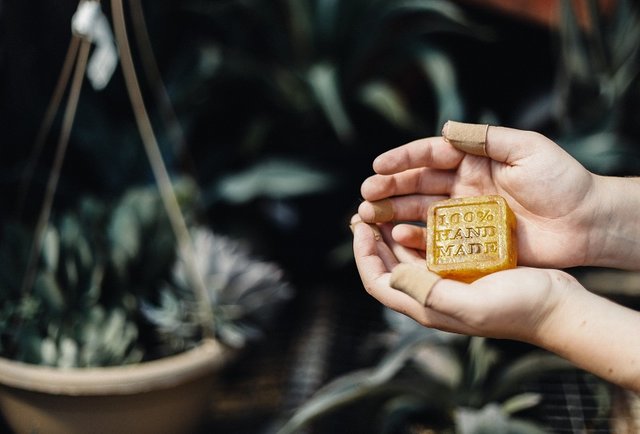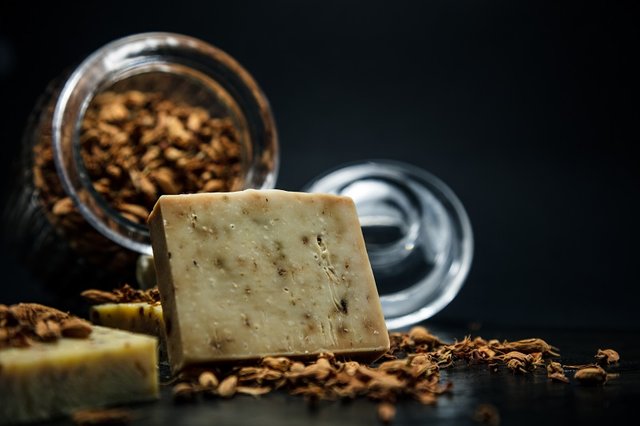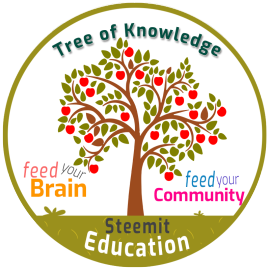01: Learn How To Make Your Own Natural Soap – Introduction and Terminology
Are you tired of applying harsh and dangerous chemicals to your body on a daily basis? Perhaps you are looking for a new way to generate an income? Maybe you are just looking for a hobby that will allow you to practice innovation?

Enter NATURAL SOAP MAKING!
Hi! I am @sweetpea – it’s been a while since I have popped my head into this neck of the woods. But I am back with some fresh new content that I hope will inspire you or at the very least, encourage you to try something new!
This article is the very first step in my natural soap-making course. Here I will give some background info on why I love making natural soaps and why you will love making naturals soaps – and then we will kick the lesson off with some soap-making jargon.
What Are “Natural Soaps” And Why Do I Love Making Them?
When my husband and I became parents, then my mother instinct immediately kicked in. I was on a roll to create a toxic-free environment for my family. This meant that I had to consider everything in our home that contained harmful chemicals and replace them with a more natural alternative. As you might know – this can be quite a costly change.
Everything from the food we ate to our toiletries and cleaning products had to be revised and inevitably – thrown out. Processed food was placed with organic alternatives and our cleaning cupboard was stocked with vinegar, bicarbonate of soda, tons of lemons, and bottles of tea tree oil.
With toiletries, however, I was stumped. I couldn’t afford the expensive “100% organic, animal cruelty-free, palm-oil free, and fragrance-free” products sold in stores. So, I decided that my only other option was to learn how to make my own soaps and lotions. Little did I know that I would fall in love with making soap!
What Is Natural Soap?
“Natural soaps are made using ingredients that have been derived from plants. Natural oils form the base of the soap. The oils are mixed with sodium hydroxide and water solution and during a saponification process, the ingredients harden to form bars of soap that are gentle on the skin and agreeably cleansing.”
Why Will You Love Making Natural Soaps?
Just like cooking or baking, soap-making allows you to play around with ingredients. You can create bars that are beautifully scented with essential oils, you can add natural exfoliates to your bars, or you can experiment with natural colourants. This avenue of experimentation and innovation is fun and satisfying, to say the least!
Apart from nourishing your skin with a gentle, loving, and blissful cleansing alternative, you will save money (no more store-bought soaps) and if there’s any inkling of an entrepreneur inside of you, you can sell your soaps to make some extra cash! Natural soap bars also make excellent gifts!

Soap-Making Terminology
As an introduction to this course, I would like to start by highlighting the most common terms used in soap-making. This terminology will form the foundation of the posts to follow.
Lye – Also referred to as “sodium hydroxide”, lye is a strong caustic alkali. Soap cannot be made without this ingredient. Lye comes in the form of salt-like crystals.
Lye Calculator – This is an important tool that helps you to calculate the amount of lye and water needed for your soap recipe. The calculation is made in conjunction with the base oils you are using. Lye calculators can be found for free use online.
Saponification – This is the chemical process that takes place when a lye and water solution is added to natural oils. Saponification is what makes a hard bar of soap that lathers.
Base Oils – Base oils or “carrier oils” help to carry added essential oils and minerals to the skin. They are also necessary for the saponification process to occur.
Gel Phase – Gel phase is a necessary step in the saponification process if you want a shinier and more translucent bar of soap. It occurs if the soap is allowed to rise in temperature and become gel-like in consistency before hardening.
Superfatting (or superfat) – This refers to the process where you add more oils to your soap than is needed for saponification to take place. The extra oils are used to moisturise your skin and adds extra emollient qualities.
Water Discount – This refers to the process of reducing the water in a recipe to decrease soap drying time.
Trace – Trace is the point at which your oils and lye solution mix to form a thin or thick consistency. Some recipes require a thin trace (like milkshake) and others require a thicker trace (like pudding). Trace is the point at which you add your essential oils.
In the next few posts from me, @sweetpea, you can expect plenty of information on the soap-making process. I will share tips, advice, videos, and recipes. Together we will make mountains of healthy, natural, and organic soaps.
Next in the line-up will be –
02: Learn How To Make Your Own Natural Soap – Stocking Up On The Essentials


As a follower of @followforupvotes this post has been randomly selected and upvoted! Enjoy your upvote and have a great day!
We are glad to see you back here. We missed you!!
Thank you :) glad to be back!